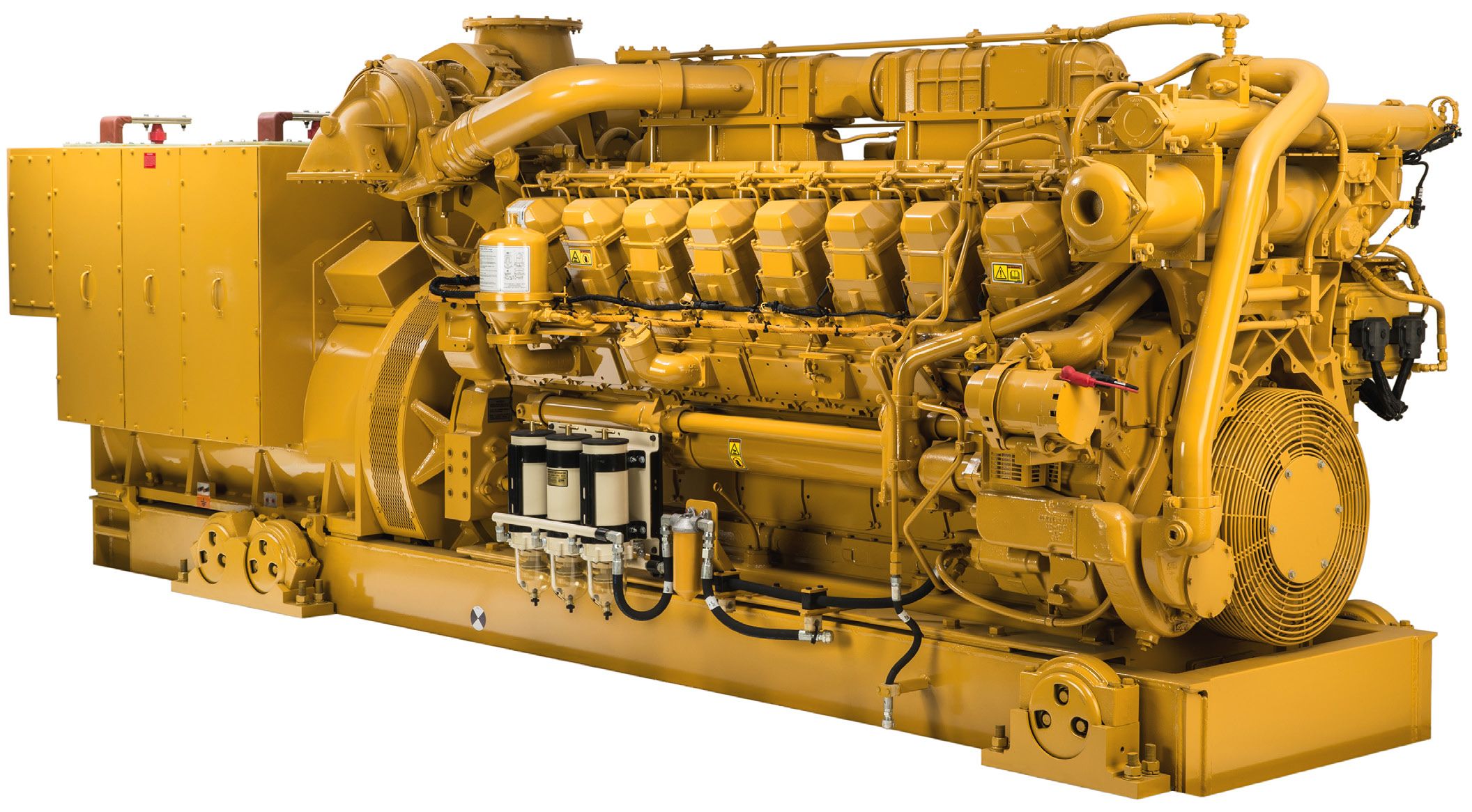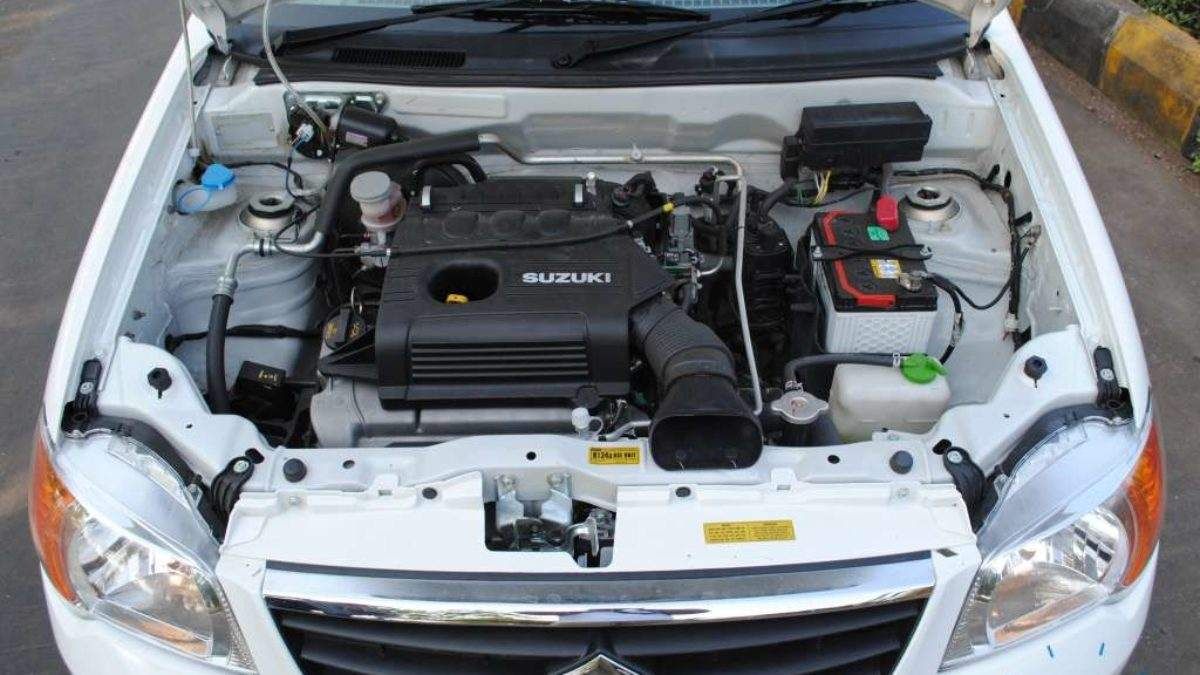Engines for Africa at Competitive Costs: Your Preferred Car Parts Store
Engines for Africa at Competitive Costs: Your Preferred Car Parts Store
Blog Article
The Quest for Ultimate Driving Power: Checking Out the Peak of Engine Performance and Technological Innovations in the Automotive Market
In the world of vehicle design, the search of maximum driving power has actually been a relentless quest that has actually unfolded via the advancement of engine style and the integration of cutting-edge modern technologies. From the meticulous craftsmanship of combustion engines to the rapid improvements in electric propulsion systems, the auto sector stands at the cusp of a new age identified by unprecedented efficiency capacities. As scientists and engineers dive much deeper into the worlds of computational fluid dynamics and discover cutting-edge fuel modern technologies, the horizon of opportunities increases tremendously. Remain tuned as we unravel the detailed tapestry of technical innovations that are forming the future of automotive power and efficiency.
Advancement of Engine Layout

Additionally, the integration of turbocharging and supercharging innovations has actually changed engine design by boosting power without significantly boosting engine dimension. These forced induction systems compress the consumption air, permitting more fuel to be ignited, thus generating higher power result from a smaller engine. This development has been specifically essential in improving the performance of smaller variation engines while maintaining gas performance criteria.

Performance-Enhancing Gas Technologies
The execution of advanced gas innovations has actually substantially added to enhancing engine efficiency in modern-day lorries. From typical gasoline and diesel to cutting-edge biofuels, artificial gas, and hydrogen, the automobile industry is seeing a change in gas choices. Biofuels, originated from renewable resources like algae, corn, or sugarcane, deal reduced exhausts and enhanced engine performance. Artificial fuels, generated through chemical processes, offer high octane rankings, boosting power output. Hydrogen gas cells, although still in the beginning of fostering, show terrific promise as a result of their zero-emission nature and capacity for high efficiency. In addition, gas ingredients and cleaning agents are being developed to tidy engine elements, maximize burning, and reduce friction, thereby enhancing general lorry performance. With recurring r & d, the quest for the best driving power continues, as designers strive to open the complete potential of performance-enhancing gas innovations in the automotive market.
Advancements in Electric Propulsion
Substantial strides in electric propulsion technology have reinvented the vehicle sector, leading the way for a brand-new period of lasting and reliable transport. Electric lorries (EVs) are gaining appeal due to their environmental advantages and advancements in battery modern technology, enabling longer driving ranges and shorter billing times. Suppliers are spending greatly in research study and advancement to improve the performance of electric propulsion systems, focusing on raising power result, improving energy performance, and lowering total weight.
One notable advancement in electric propulsion is the growth of sophisticated electric motors that deliver greater torque and power thickness, causing enhanced acceleration and total driving efficiency. Additionally, regenerative stopping systems have actually been improved to catch and store energy throughout slowdown, additional increasing the efficiency of EVs.
In addition, the combination of smart modern technologies, such as expert system and predictive analytics, is look at here maximizing the administration of electrical propulsion systems, making sure optimal performance under various driving problems. These developments in electric propulsion are improving the automotive landscape, driving the market towards an extra sustainable and amazed future.
Impact of Computational Fluid Characteristics
With developments in electric propulsion pressing the limits of auto innovation, the assimilation of Computational Fluid Characteristics is playing an essential function in maximizing aerodynamic performance and boosting overall effectiveness in lorry layout. Computational Fluid Dynamics (CFD) entails making use of computer system simulations to analyze the flow of air around an automobile, allowing designers to predict just how design adjustments will certainly affect aerodynamics without the need for costly physical models. By precisely modeling air movement patterns, CFD enables the refinement of automobile forms to minimize drag, improve air conditioning, and improve security.
CFD allows engineers to maximize air flow around components such as radiators, engine bays, and wheel wells, contributing to improved performance and total driving experience. In final thought, the combination of Computational Liquid Dynamics represents a substantial step forward in the pursuit for utmost driving power and efficiency in the automotive sector.
Future Trends in Engine Technology
In the vibrant landscape of automobile design, innovative advancements are forming the future trajectory of engine innovation. The future of engine style is marked by a solid emphasis on efficiency, sustainability, and effectiveness. Makers are increasingly concentrating on developing engines that not only supply high power outcomes but also prioritize environmental responsibility by improving and lowering emissions gas performance.
One famous trend in engine technology is the rise of electrification. Hybrid and electric powertrains are getting grip as feasible alternatives to typical burning engines. These modern technologies provide the capacity for significant decreases in carbon exhausts and increased power efficiency, aligning with worldwide initiatives to combat climate change.
Additionally, improvements in products scientific research and production techniques are allowing the manufacturing of lighter and extra sturdy engine parts. This change in the direction of light-weight products such as carbon fiber and light weight aluminum alloys adds to improved efficiency and gas economy.
Verdict
Finally, the quest of supreme driving power in the automotive market proceeds to drive developments in Clicking Here engine style, gas modern technologies, electric propulsion, and computational liquid dynamics. The evolution of these modern technologies is shaping the future of engine innovation, leading the way for more powerful and efficient cars click this (engines for africa). As the sector continues to push the borders of what is feasible, we can anticipate to see much more cutting-edge developments in the mission for peak performance
One of the crucial turning points in engine layout advancement is the change from typical carbureted engines to modern fuel-injected systems. By specifically metering the fuel delivery to each cylinder, fuel-injected engines maximize burning, resulting in better efficiency and reduced environmental impact.
Moreover, the assimilation of turbocharging and turbo charging innovations has actually changed engine style by enhancing power without considerably increasing engine size (engines for africa).The execution of sophisticated gas modern technologies has considerably contributed to boosting engine efficiency in contemporary lorries. In addition, fuel additives and detergents are being developed to clean engine components, maximize burning, and lower friction, therefore boosting overall vehicle efficiency
Report this page